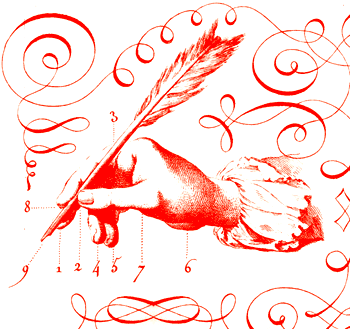

Esquire continuing their innovative typography and cover design - there is an interesting site chronicling their covers' evolutions
www.esquire.com/cover-archive






 Hans Wegner at his home in 1997.
Hans Wegner at his home in 1997.








 But where the brand really begins to innovate, is with its philosophy of "un-branded" fashion. UNIQLO-clothes sport no overt logos, which fans of the (paradoxical) "no-brand" Japanese brand "MUJI " (look it up ) will no doubt warm to. The premise is that consumers can make their own fashion choices. do you ?
But where the brand really begins to innovate, is with its philosophy of "un-branded" fashion. UNIQLO-clothes sport no overt logos, which fans of the (paradoxical) "no-brand" Japanese brand "MUJI " (look it up ) will no doubt warm to. The premise is that consumers can make their own fashion choices. do you ?

































